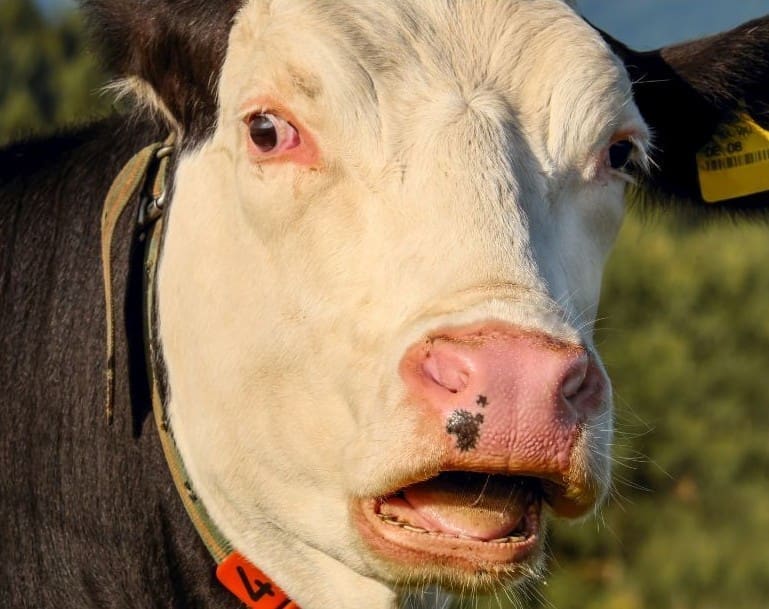Image courtesy Canva
Researchers from Kansas State University and the National Institute of Standards and Technology are using cutting-edge laser technology to study greenhouse gas emissions from cattle—specifically, methane released during digestion. This work could help farmers and ranchers better understand how their herds impact the environment without disturbing the animals.
Cattle produce methane through a digestive process called enteric fermentation. While this is a natural part of how cows process food, methane is a potent greenhouse gas. The goal is to measure how much is being released and whether different feeds can reduce emissions.
To do this, scientists set up special infrared lasers at ground level that measure trace gases like methane, carbon dioxide, and water vapor across a whole grazing area. Unlike other methods that measure emissions from a single animal, this laser system captures data from entire herds.
A recent study in Parsons, Kansas, compared traditional corn feed with sorghum—a crop that uses less water. The results showed cattle fed with sorghum produced less methane, while still maintaining healthy weight gain. The team also ran tests in Manhattan, Kansas, and continues work at the K-State Reynolds Ranch.
The project is a collaboration among physicists, agronomists, and animal scientists, including Dr. Brian Washburn, who helped develop the Nobel Prize-winning laser technology being used.
The research could have wide-reaching impacts, helping ranchers, companies, and policymakers make informed decisions on feed and land management practices that lower environmental impact. The lasers can also be used to verify claims about methane-reducing products or practices, providing reliable data tied to basic physics.
Researchers are now working on expanding their studies, hoping to inform better practices for both livestock and crop management in the future.













